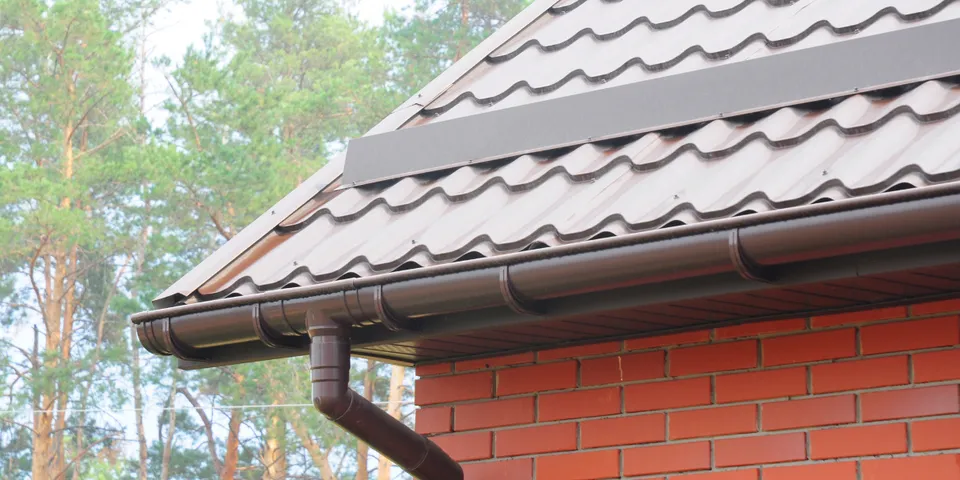A Brief History of Rain Gutters

A Brief History of Rain Gutters
Your home’s rain gutters are designed to channel water away from the eaves and siding, protecting these areas from stains and water damage. This useful function is a surprisingly recent development in the history of architecture, but it’s based on a number of earlier inventions for channeling water, some of them thousands of years old. Here’s an overview of how this invention was developed.
Rain Gutters Through the Ages
Roadside Trenches
The idea of channeling rainwater away to protect a structure dates back to at least 1500 BC. The Indus Valley civilization and ancient Romans used furrows in the ground to direct rainwater away from their roads, minimizing mud and erosion. At the time, these gutters were simple and either lined with bricks or dug into the earth. They were also similar to the system of trenches filled with flowing water used to carry waste away from Roman toilets. The Romans introduced this technology throughout Europe almost two thousand years ago.
Gargoyles
Because rain could be damaging to buildings, European architects in the middle ages needed a way to adapt gutter technology for rooftops. The invention that developed, disguised as ordinary decoration, was the gargoyle. Unlike grotesques, which were simple carved figures not meant to channel water, gargoyles collected rainwater and funneled it outward so it would pour away from the building. This wasn’t a watertight system, and, at times, rainwater would still splash on building walls. It wasn’t until the year 1200 AD that the first known downspout was installed on the Tower of London to funnel water all the way to the bottom of the building, thus protecting its whitewash.
Wooden Trenches
By the 1700s, the gutter system’s design had been simplified. Instead of elaborate stone ornamentation, builders across the globe made trenches and downspout pipes out of wooden logs. This made gutter systems more accessible for a wide range of buildings. Today’s metal and vinyl options mimic the design of these wooden gutter systems.
